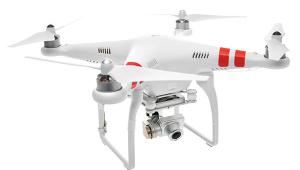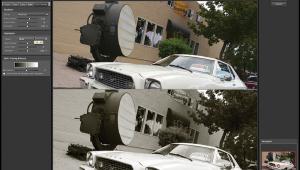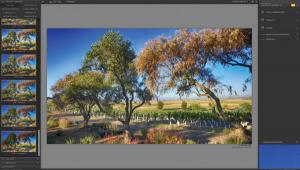Digital Innovations
Small Wonders
It's A Small World, But I Wouldn't Want To Paint It
There are so many other image storage formats that having a new one just "to have a new one," which seems like the only reason for xD's existence, doesn't seem reasonable. We need fewer formats, not more. The same group that gave us the now-failed SmartMedia is touting the xD. Don't get me wrong, I liked the Wheat Thin-sized SmartMedia but its inherent capacity problems doomed it. Instead of developing a new format, they should have adopted an existing one. If you had a SmartMedia camera now, instead of xD you would feel the same way. |
|||||
What is wrong with xD? They
are so small that they're easy to lose. If you lose a card, what
are you going to do except make sure you have lots of other cards stored
someplace close to your body? The xD cards are also fragile and unable
to withstand the use that other, more rugged formats, such as CompactFlash,
can handle. Contrary to what manufacturers say, this smaller format has
rarely produced smaller cameras. Canon's Digital Elphs are tiny
and use CompactFlash cards. The Canon PowerShot SD10 is the smallest 4-megapixel
digicam available; it uses a SecureDigital card and is smaller than my
Olympus digicam that uses xD. |
|||||
Collage College |
|||||
Text controls provide interactive
control over placement, size, and appearance. The results can be scaled
from e-mail to large format output without quality loss. You can even
e-mail a collage from within the program. An integrated FTP client manages
uploading collages and source images to web servers for online album publishing.
Copyright can be protected with watermarks and e-mails sent to customers
can include customizable linked banners to draw viewers to your website. |
|||||
Profiles In Cameras |
|||||
We used the Commercial version to create a profile for my Canon EOS 10D. If you can read and follow instructions and use only one light source (I used a borrowed Elinchrom monolight) you can light the target and make an even exposure. The lighting setup may take some time, but after you've got the shot the software will cook up a profile quicker than your Starbucks barista can whip up a latte. The software calculates the difference between what the camera saw and what the reference file says the color is supposed to be. The profile is based on using a custom color balance, so Integrated Color includes a Digital Gel-Card that lets you shoot the card, color balance the camera, and apply the profile with complete consistency between shots and even under different lighting conditions. The chart includes six other smaller patches that you can use to warm up or cool off your image when applying your profiles (Image>Mode> Assign Profile in Photoshop CS). Digital Monsters? Postscript |
- Log in or register to post comments

























































